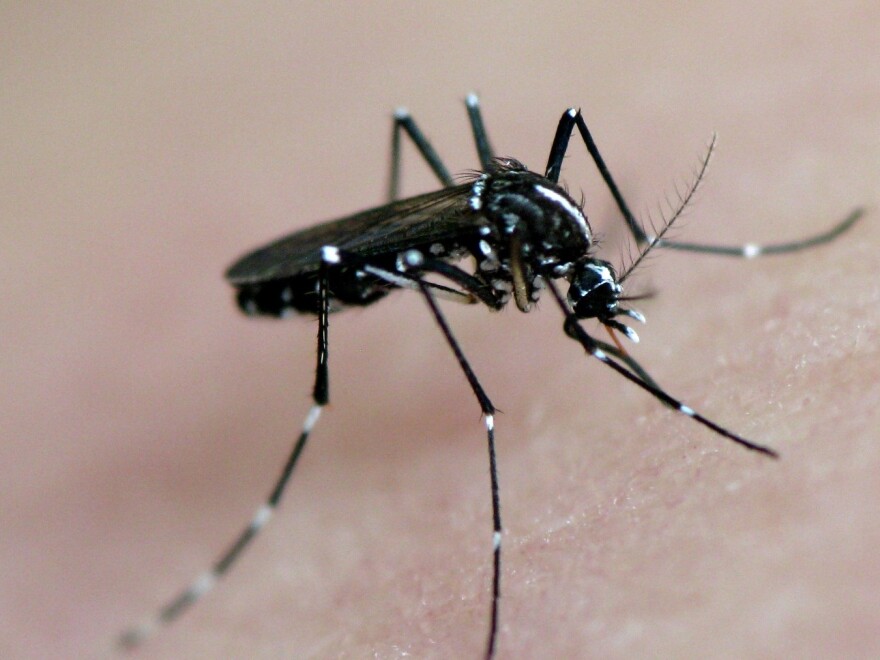Earlier this month, the Centers for Disease Control and Prevention announced the range of the mosquito primarily responsible for carrying the Zika virus was more widespread than originally expected. Even though the new map contains Indiana, public health experts say the likelihood for native Hoosier infections is slim.
The primary vector for the Zika virus, the Aedes aegypti mosquito, is found in tropical and semi-tropical climates, but the CDC has warned it could be present in the southern part of Indiana, too.
State Department of Health public health veterinarian Jen Brown says her department regularly canvasses the state to find different types of mosquitoes.
“Our real-world, boots on the ground surveillance has failed to find the mosquito in that part of the state,” she says.
Purdue medical etymologist Catherine Hill says the mosquito has been documented in the Indiana, but mostly after traveling through artificial means.
“We believe it was probably introduced maybe in shipments of tires that came into the state, but we don’t believe it has set up a local population.”
She says that means the mosquitoes die off during the winter before they can become a significant threat.
Hill says the release of the maps serves as a cautionary, preventative measure so that state health departments prepare themselves.
“It’s important to think of those revised CDC maps as being indicative of the potential risk of coming into contact with the mosquito,” she says.
Brown says public health officials can infer native transmission of Zika won’t be a problem in Indiana by looking at the relative rarity of a similar virus, Dengue.
“We have not had any local transmission of dengue virus occurring in Indiana,” she says, “and Dengue is a virus in the same family as the Zika virus and transmitted by the same mosquitoes.”
Since the beginning of this year, there have been six recorded cases of the Zika virus in Indiana, all travel-related.





